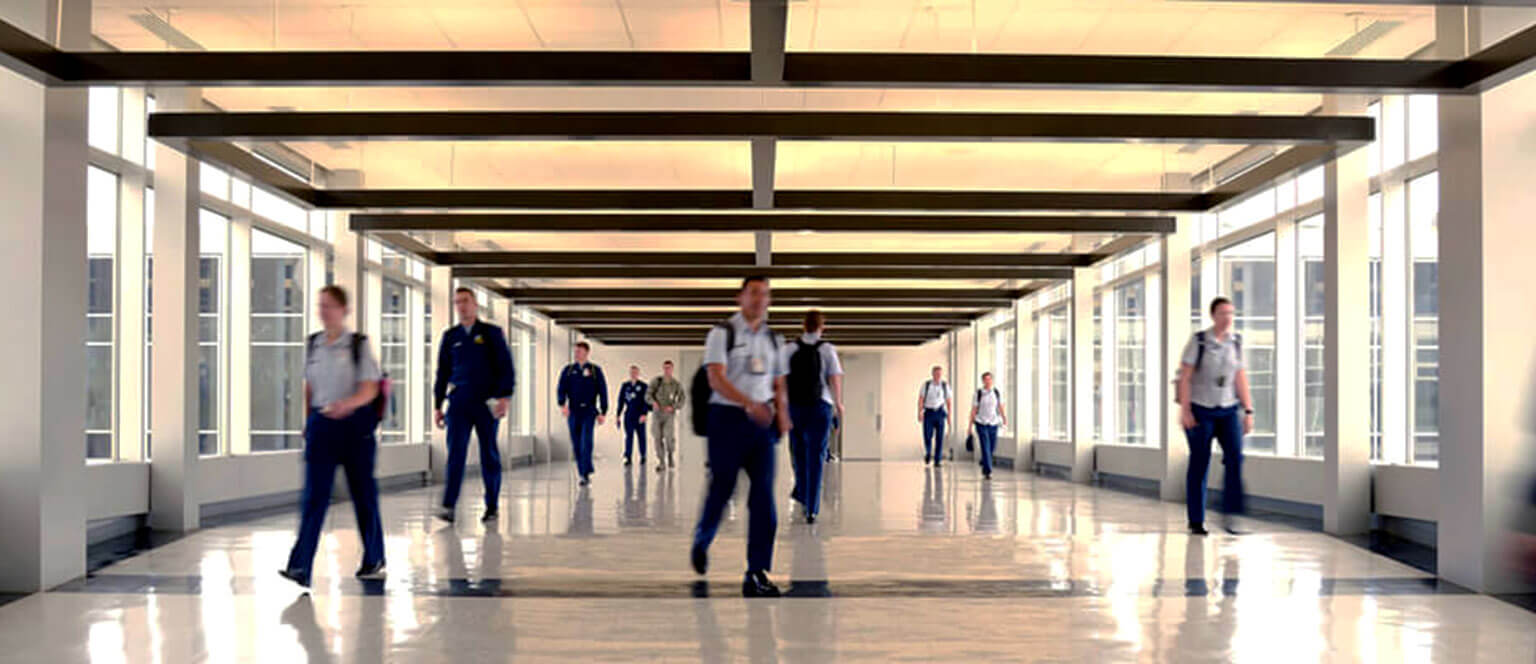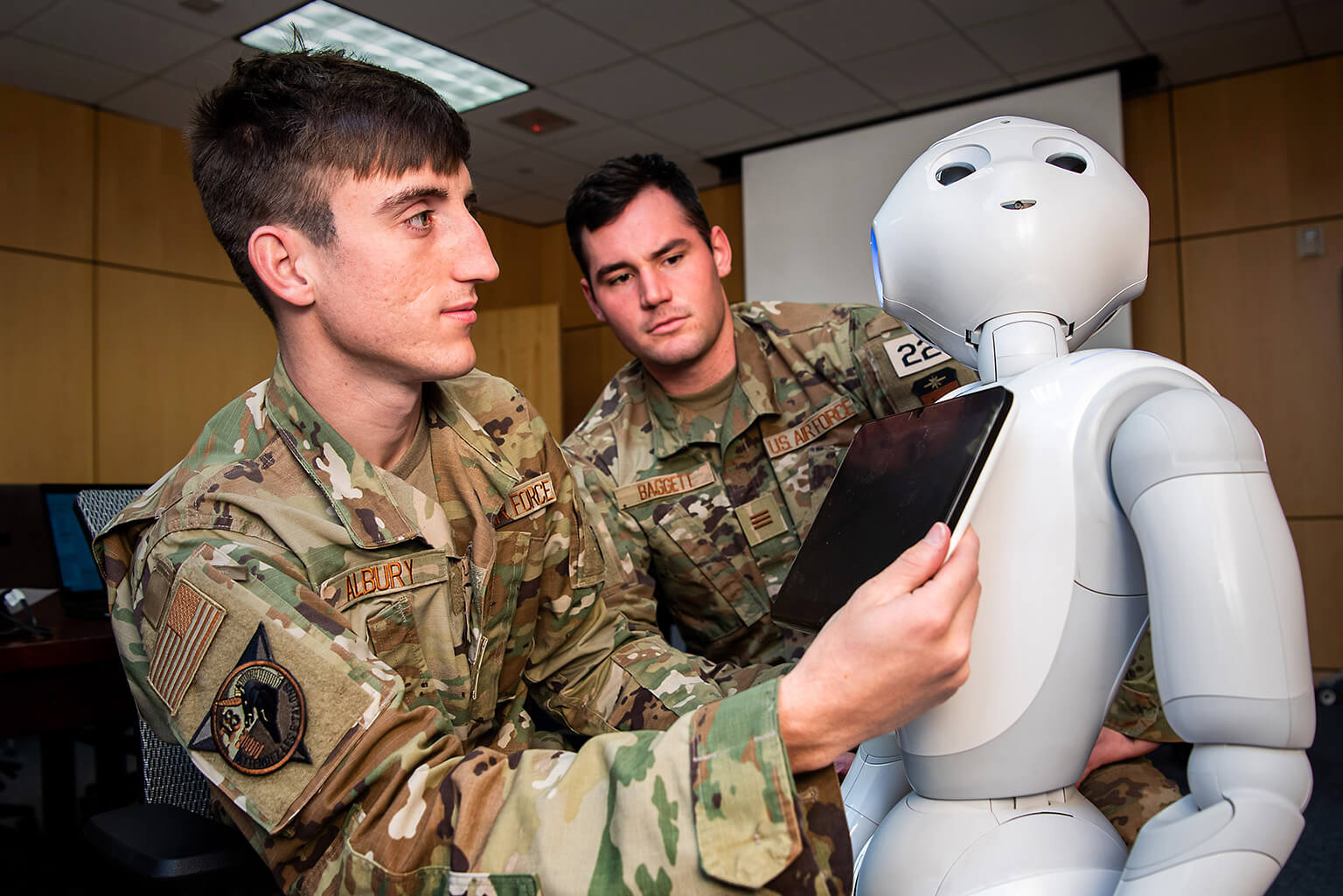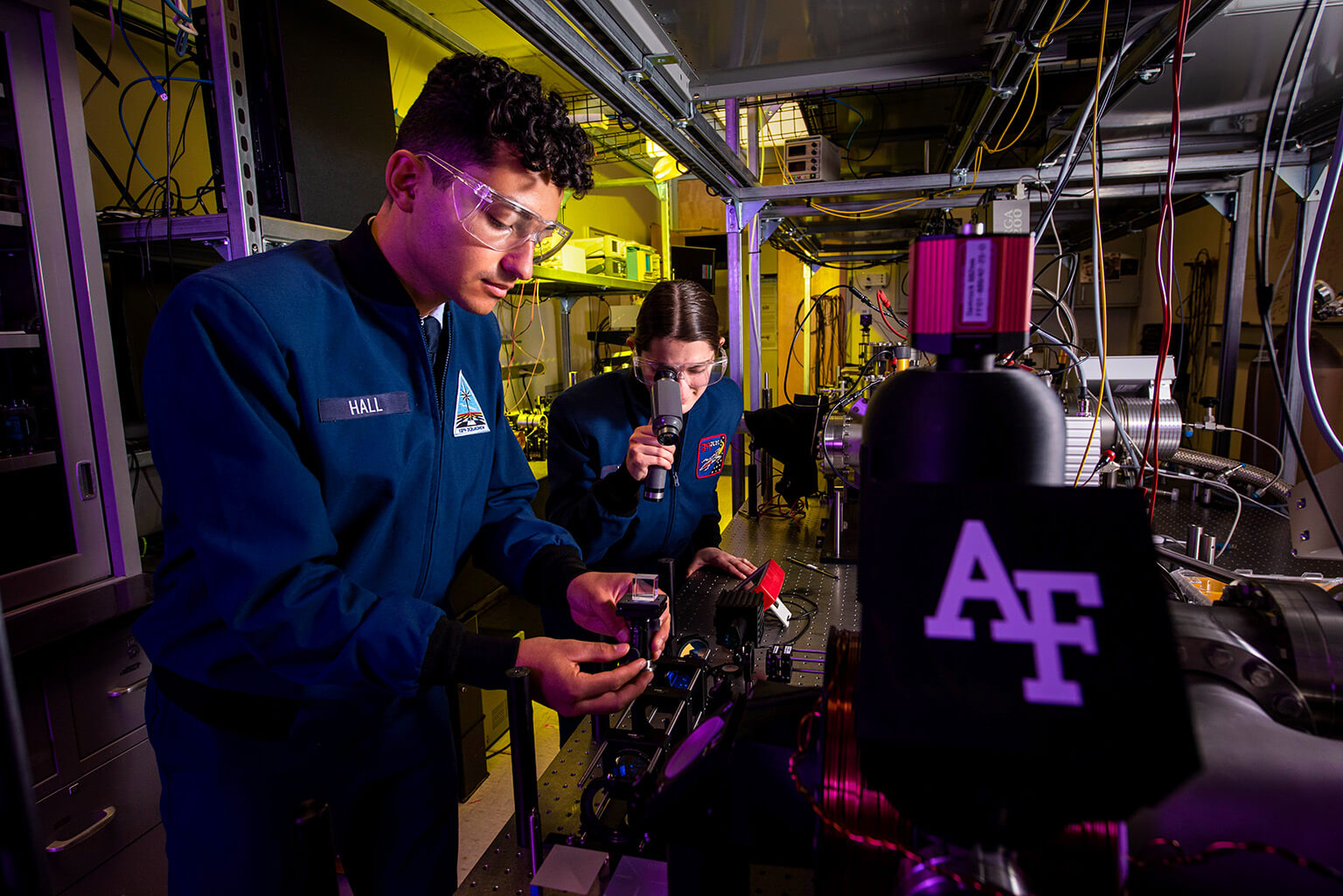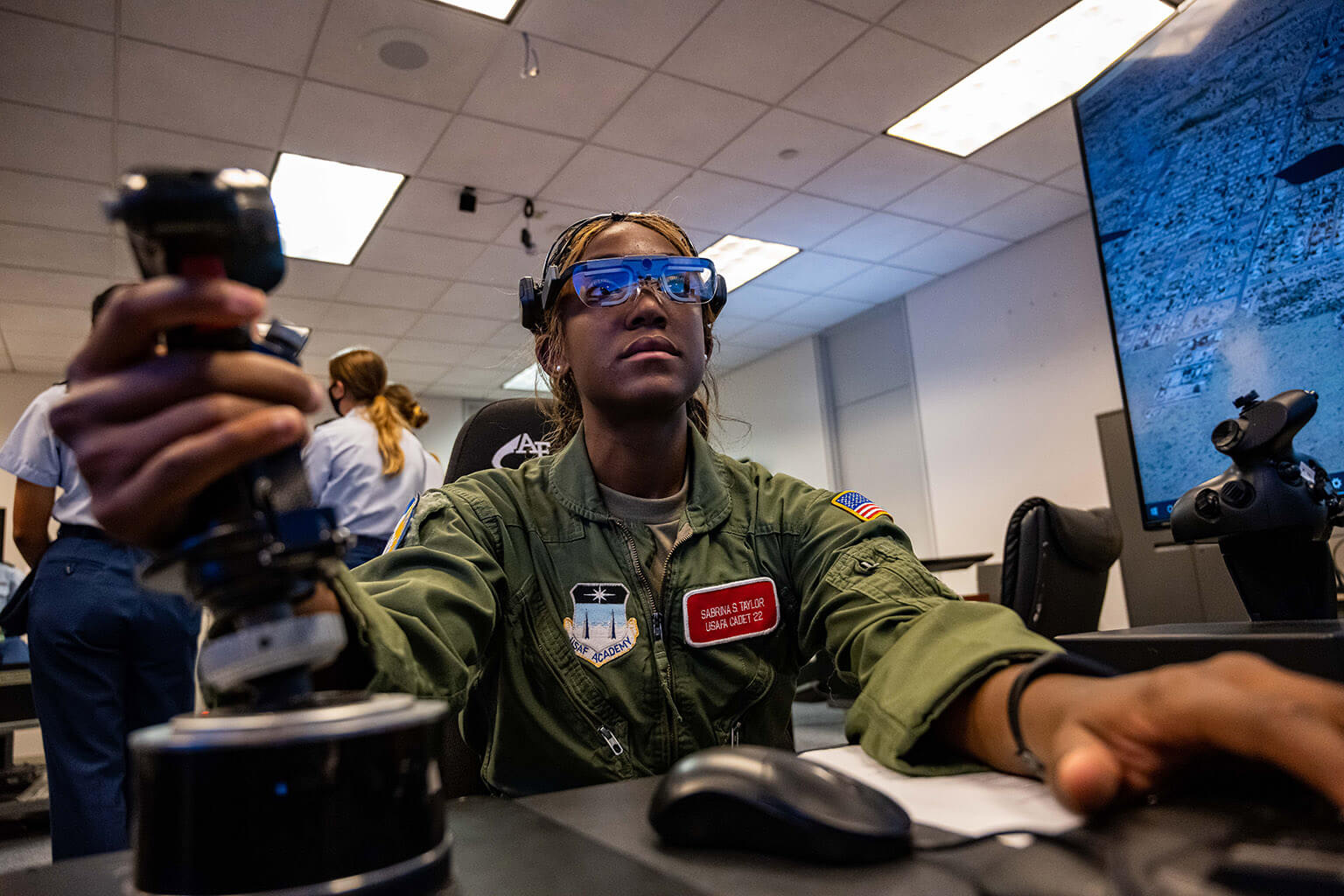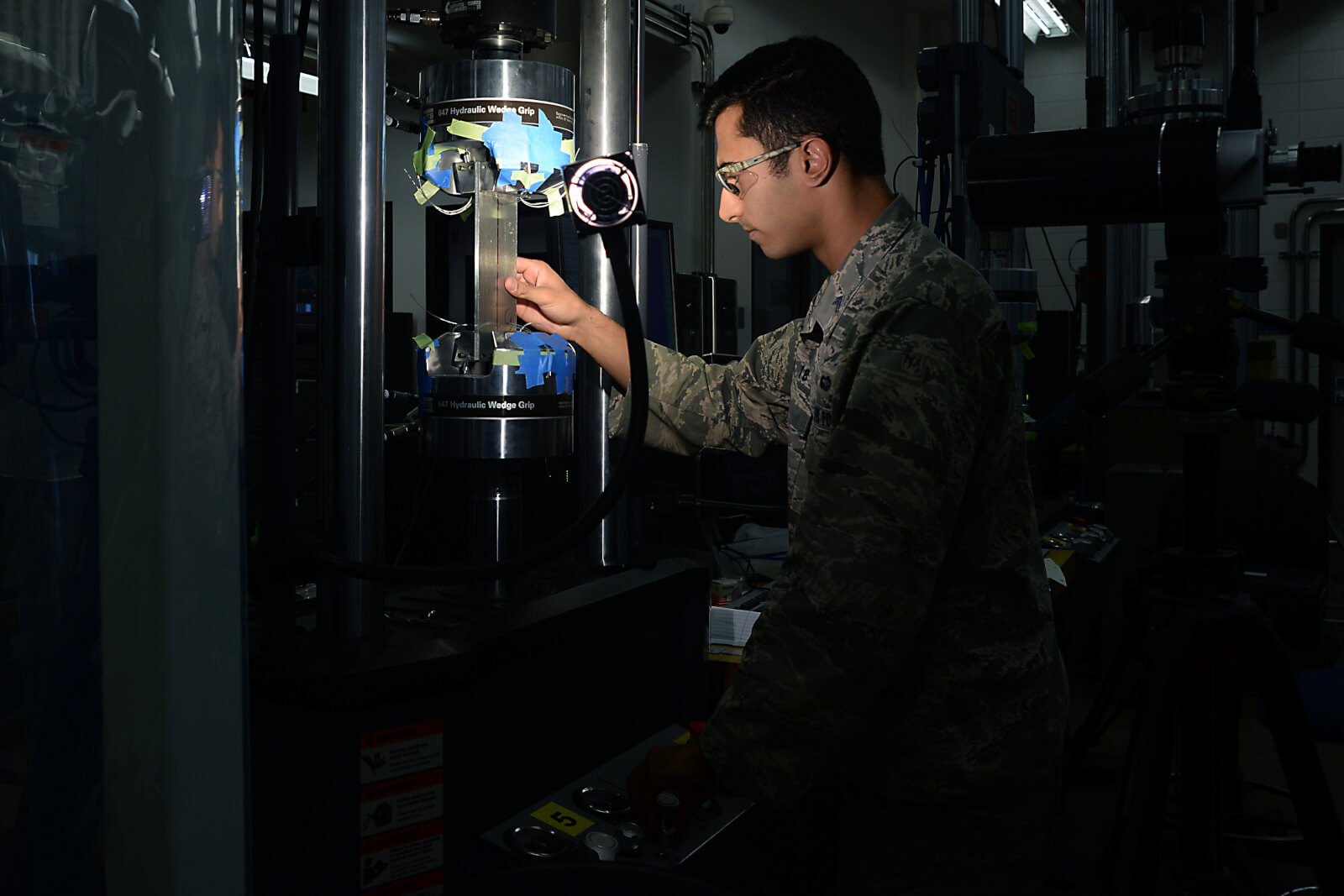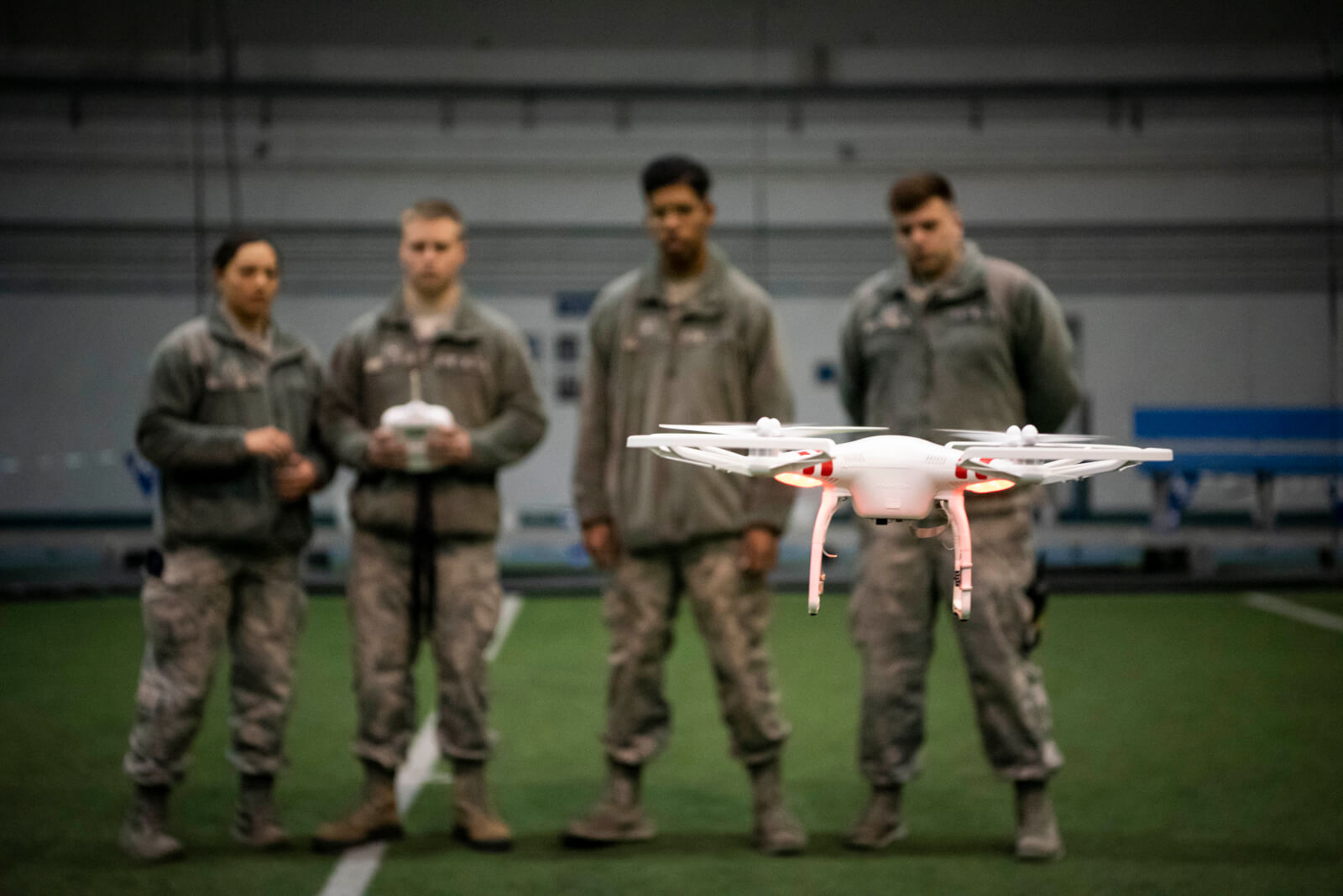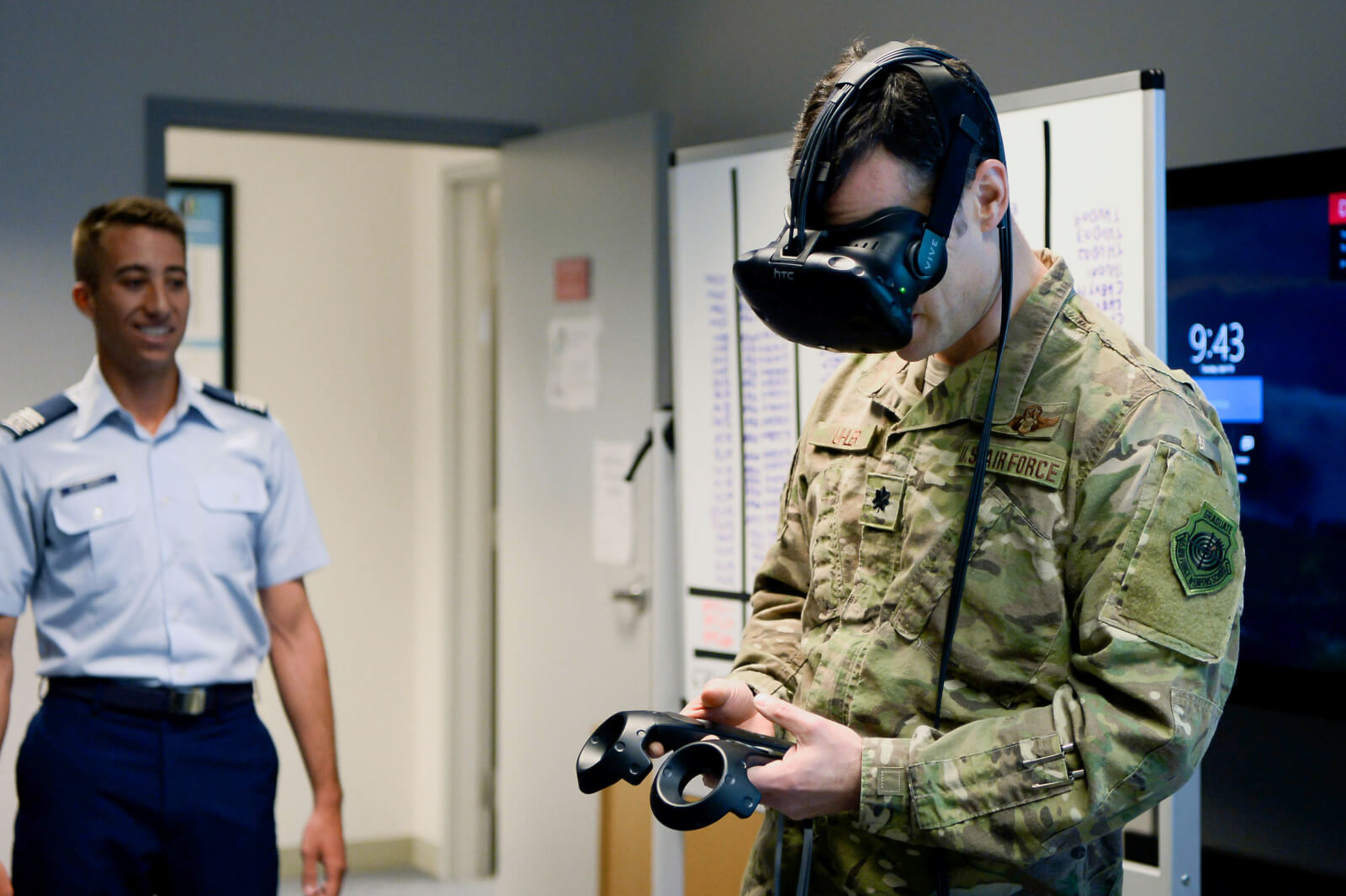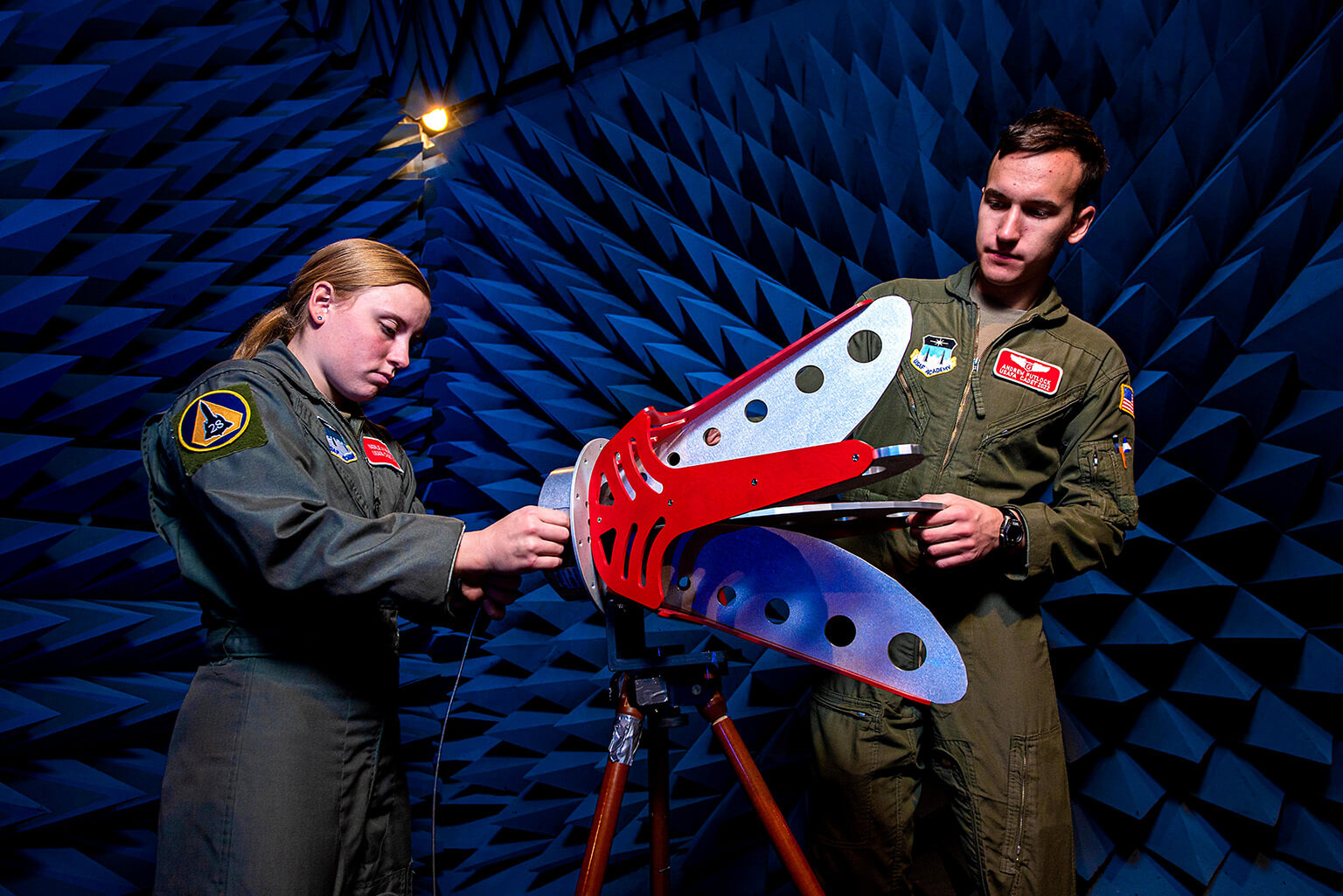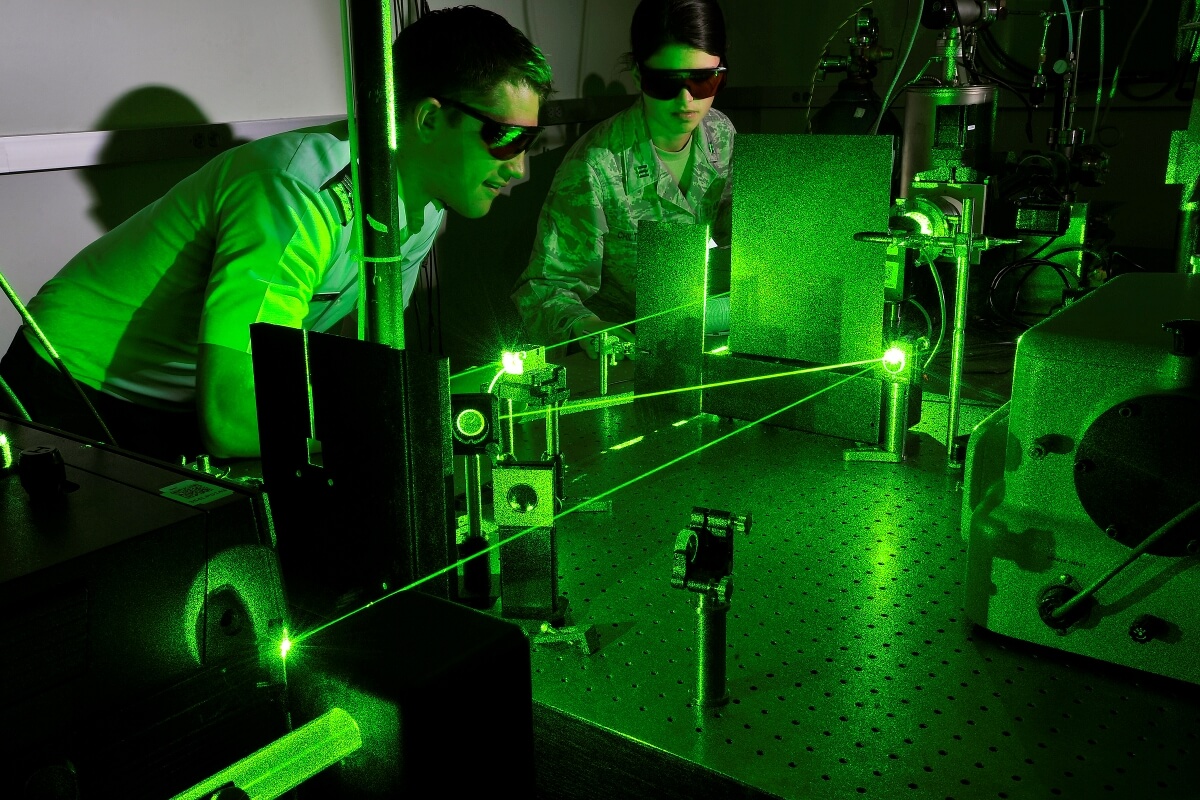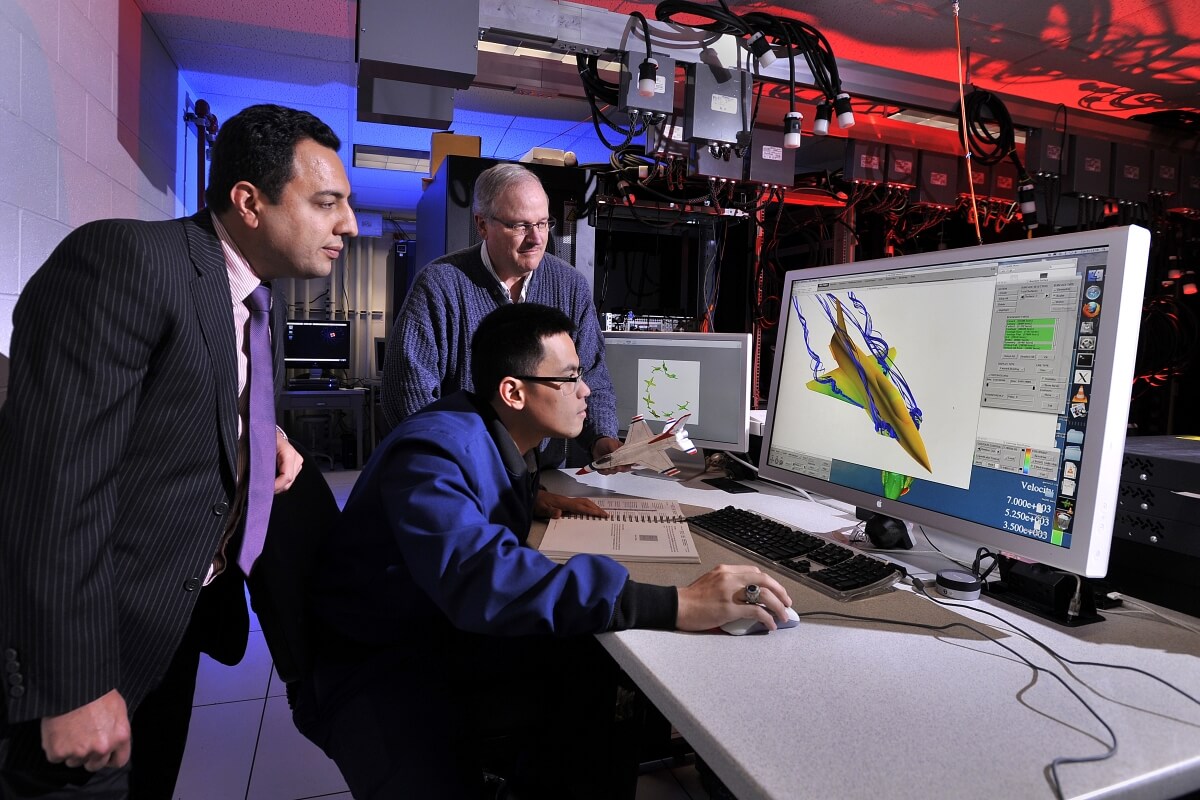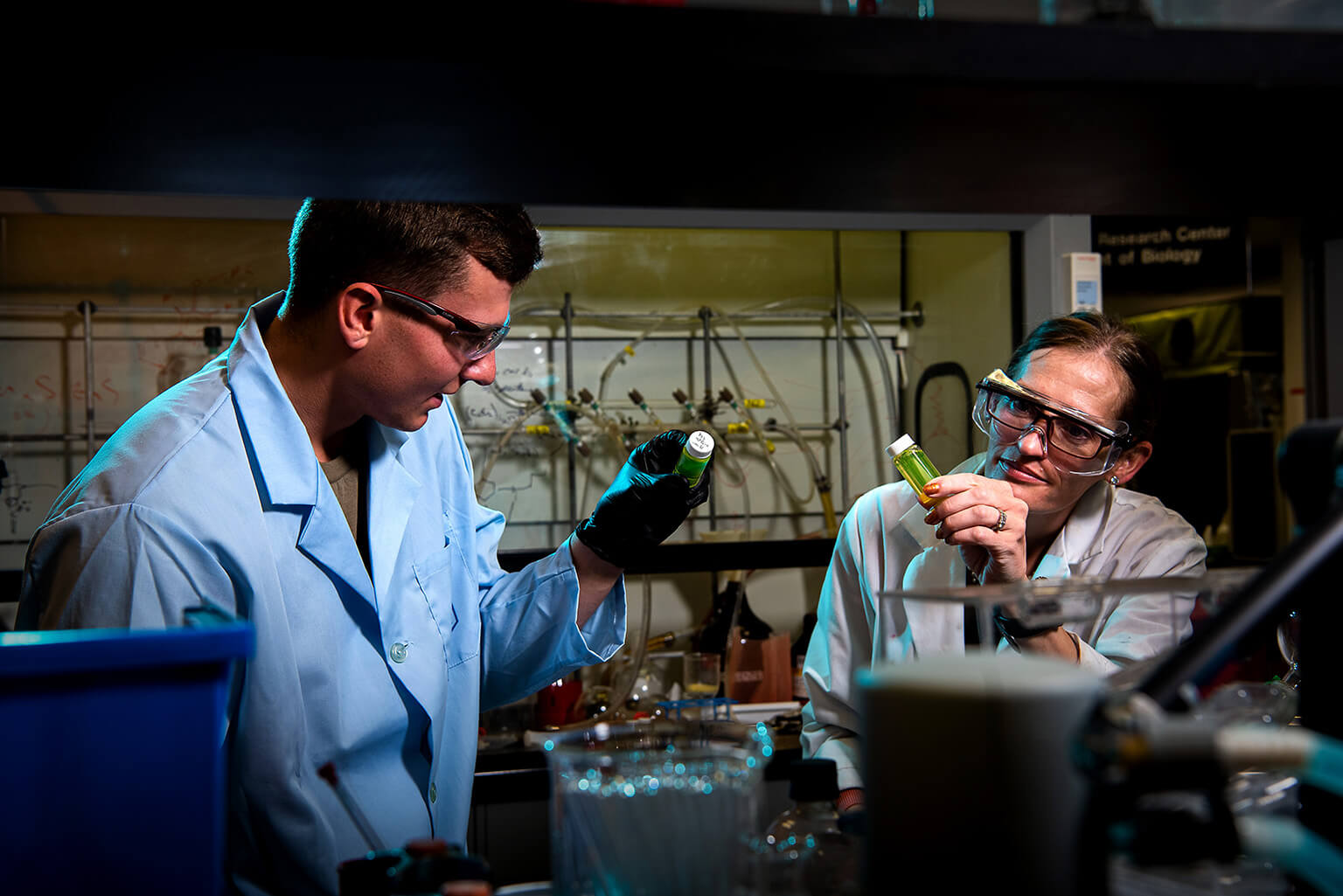Frank J. Seiler Research Laboratory
An Air Force research pioneer and former high school chemistry teacher, Col Frank J. Seiler was a strong advocate of in-house research and the effective use of young scientific officers and officer-candidates. Civilian university students had always participated in research, and Seiler envisioned that if U.S. Air Force Academy cadets could be involved in real-world research efforts, they would be better prepared for their future assignments.
CETF Annex
The CETF Annex is home to our Biology and Chemistry departments. The building houses classrooms and fully functional labs to enable cadets to conduct real world experiments. The annex also houses labs from the Civil Engineering department that includes a two story machining lab for cadets to get hands-on with creating materials. Along with Civil Engineering the annex also has labs for the Astronautics departments where cadets plan and configure satellites for future space missions.
